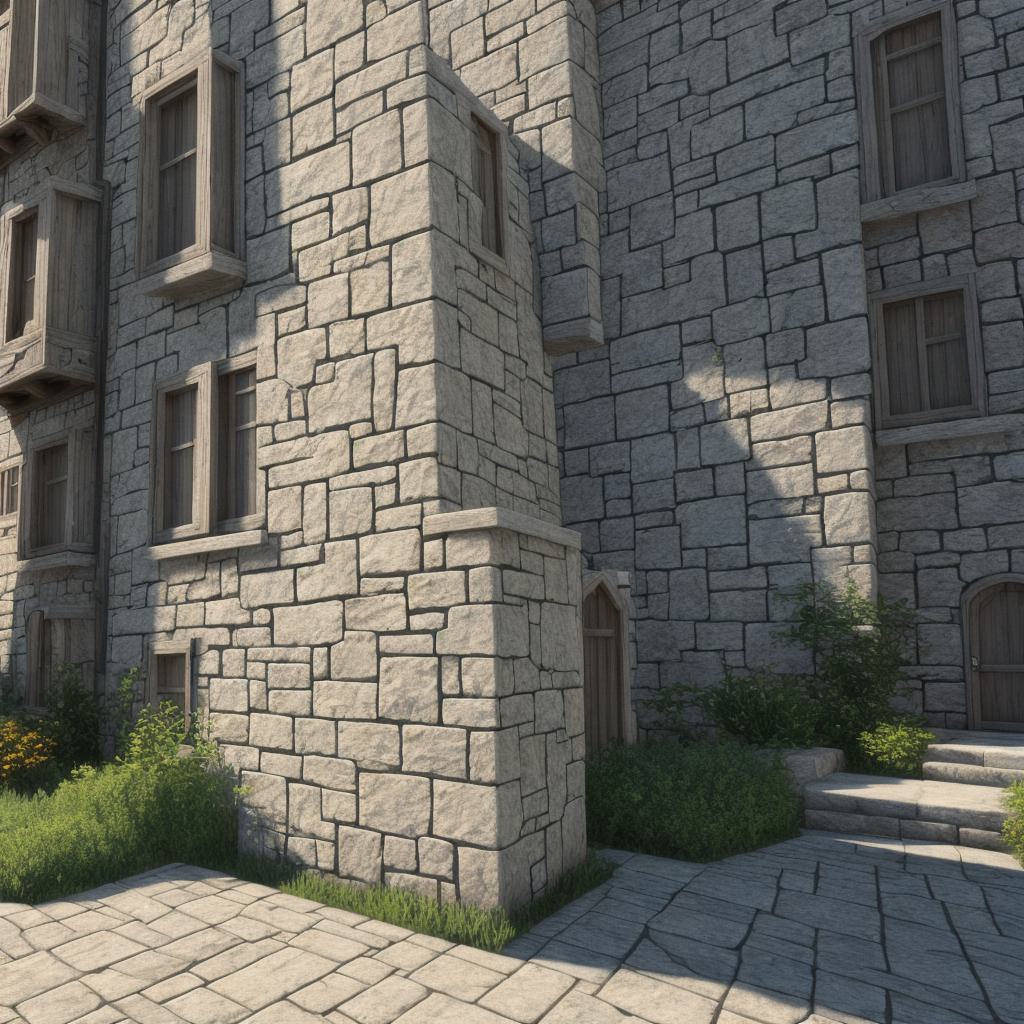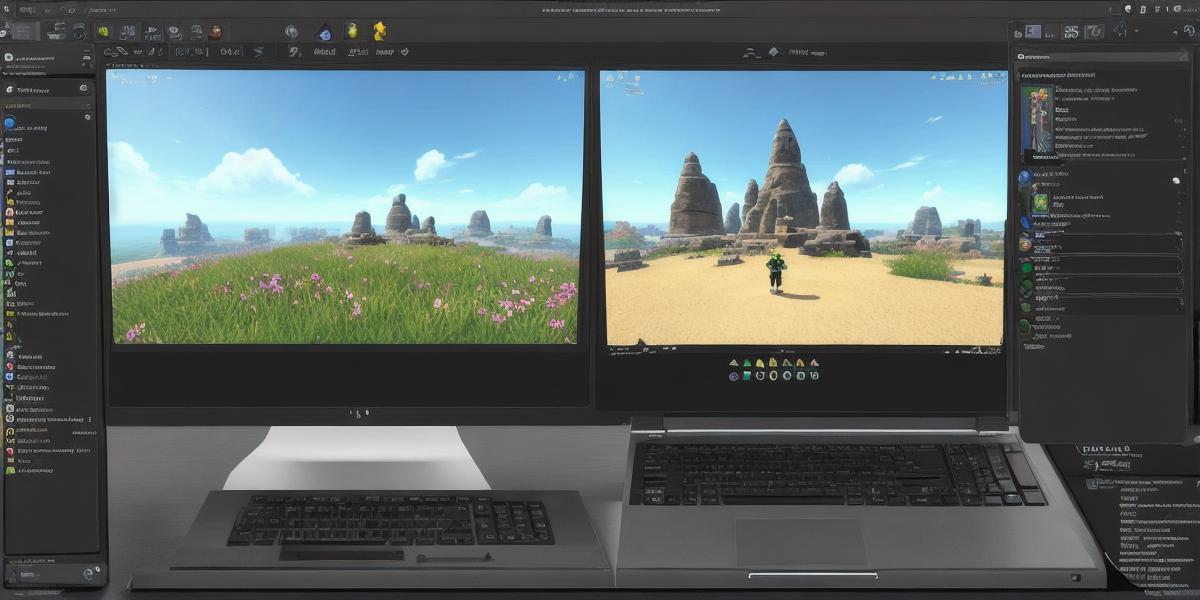Introduction:
If you are a developer who wants to create immersive and interactive 3D games, Unity is the perfect tool for you. With its easy-to-use interface and vast library of assets, Unity has become one of the most popular game engines in the world. In this article, we will guide you through the process of starting to develop 3D games with Unity, from setting up your development environment to creating your first game.
-
Setting Up Your Development Environment:
Before you start developing 3D games with Unity, you need to set up your development environment. Firstly, you need to download and install the latest version of Unity from the official website. Once installed, you need to create a new project and give it a name. You can also choose a template for your game, such as 2D or 3D, and select the appropriate settings for your project.
-
Creating Assets:
The next step is to create assets for your game. Assets include everything from characters and environments to sound effects and particle effects. Unity has a vast library of assets that you can use in your games, or you can create your own assets using 3D modeling software like Blender or Maya. Once you have created your assets, you can import them into Unity and add them to your game. -
Writing Code:
Now comes the fun part – writing code! Unity uses C as its primary programming language, so if you are familiar with C, you will be able to start coding right away. If not, there are many online resources available that can help you learn C and get started with Unity. You will need to write code for your game’s logic, such as character movement and AI behavior, as well as code for your game’s user interface. -
Testing and Debugging:
Once you have written the code for your game, you need to test it and debug any issues that arise. Unity has a built-in debugger that allows you to step through your code line by line and identify any errors or bugs. You can also use the Unity Editor to test your game in real-time and make adjustments as needed. -
Publishing Your Game:
The final step is to publish your game! Unity makes it easy to publish your game on a variety of platforms, including PC, Mac, iOS, Android, and consoles like the PlayStation 4 and Xbox One. You will need to create an account on the appropriate platform and follow the instructions for publishing your game.
Conclusion:
Developing 3D games with Unity can be a challenging but rewarding process. With its easy-to-use interface, vast library of assets, and support for a variety of platforms, Unity is the perfect tool for developers who want to create immersive and interactive games.
